Introduction: The Cool Science Behind Refrigerators
The refrigerator, the quiet guardian of our kitchens, keeps our food that is perish fresh and satisfies our midnight ice cream desires. However, have you ever thought about, how does a refrigerator works to keep your food fresh?
Be relaxed, my fellow foodie! In this article, we take a chilly tour of the interior operations of our beloved refrigerator.
The Basics: How Refrigerators Work to Keep Your Food Fresh?
The function of refrigerators is essential because they save food, cut down on waste, and maintain our health. Let’s explore the refrigerator from the basics.
What’s a Refrigerator?
A fridge, short for refrigerator, is a super important appliance you find in kitchens. It’s like a big, cold box that keeps your food fresh.
How Does the Fridge Work?
- Inside the fridge, there’s a special cooling system that works to make things cold. It takes the heat from inside the fridge and moves it outside, which keeps the inside nice and chilly. This helps to slow down the growth of yucky stuff like bacteria, so your food stays fresh for longer.
- The best temperature for a fridge is around 3 to 5 degrees Celsius (that’s about 37 to 41 degrees Fahrenheit). This temperature helps to keep your food fresh and safe to eat.
A Bit of History on Refrigerator.
Believe it or not, people have been trying to keep their food cold for a long time! Before fridges, they used something called iceboxes. But in the 1700s and 1800s, smart people started figuring out how to make machines that could cool things down. By the early 1900s, fridges for homes became a thing, and they’ve been getting better ever since.
Shapes and Sizes of Refrigerator
Fridges and freezers come in all sorts of sizes. You can find tiny ones just for drinks or huge ones big enough to fit all your groceries. Some fridges stand on their own, while others are built into the kitchen.
The Cool Features.
Modern fridges come with lots of cool extras like ice makers and water dispensers. They even have automatic defrosting, which means you don’t have to spend time chipping away at ice inside your fridge.
What are the main components of a refrigerator?
The major components are:
- Compressor: Acts as the heart of the refrigerator.
- Condenser: Release heat from the compressed gas.
- Evaporator: Allow the refrigerant to evaporate and cool the air inside.
- Capillary Tube: An expansion device
- Thermostat: Regulates the cooling process.
Compressor
The compressor is the “heart” of a refrigerator. It heats the refrigerant, increases pressure in the warm section of the circuit, and circulates the refrigerant throughout the system.
Condenser
The condensation system, which is located on the backside, is probably dustier. The refrigerant cools down within it and condenses or transforms back from a gas to a liquid.
Evaporator
The component that keeps food cold in a refrigerator is called the evaporator, and it is housed inside the appliance. The refrigerant creates the ideal climate for food storage by cooling the surrounding area as it evaporates and changes from a liquid to a gas.
Capillary Tube
A little tube that acts as an expansion device is called a capillary tube. Via the capillary tube, the liquid refrigerant is directed into the evaporator’s low-pressure environment.
Thermostat
The thermostat regulates the cooling process of the refrigerator by monitoring the inside temperature and turning on and off the compressor. When its inside temperature is low enough it shuts off the compressor and if it detects an excessive amount of heat, it turns on the compressor.
The Cycle of Refrigeration: Step by Step
The refrigerator works by removing heat from inside its compartments and keeping the contents cool. Let’s explore the refrigeration cycle step by step through a clever combination of different refrigerator components, where each component plays a crucial role in the cooling process.
Step 1: The Chilled Myth – Compressed Refrigerant
The cooling process starts the cycle with the compressor. This little powerhouse squeezes refrigerant gas (usually r134a or r600a) into submission, draws in refrigerant vapor, compresses it, and releases the compressed gas at a greater pressure and temperature.
Step 2: The Hot Air: The Condenser Coil Magic
The vapor is then forced by the compressor into the refrigerator’s exterior condenser coils, where it heats up and releases energy into the surrounding room air. Vents are used to evacuate the heated room air.
Step 3: The Chilly Transformation: From Vapor to Liquid
Here, the kitchen’s cold air temperature and the hot gas in the condenser coils combine to turn the gas into a liquid.
Step 4: The Icy Ballet: Evaporator Coils and Heat Absorption
As the now-liquid refrigerant enters the refrigerator’s evaporator coils, it cools down. Subsequently, the refrigerant absorbs the heat within it, causing the air and its contents to cool.
Step 5: The Arctic Symphony: Cold Air Circulation
The fans circulate the chilled air, ensuring every nook and cranny gets a taste of frosty goodness. The ducts play their part too, directing the cold air to different shelves and drawers.
Step 6: The Grand Finale: Keeping It Cool
Finally, the thermostat steps in. When the fridge warms up, the thermostat signals the compressor to kick back into action, and the cooling cycle repeats maintaining the perfect balance between the freshness and frostiness of our food.
Why It Matters: The Importance of Refrigeration
Food Preservation:
- Refrigerators stop bacterial growth, which stops spoiling. Lower temperatures prolong the shelf life of our groceries by slowing down enzyme reactions.
- Without refrigeration, food waste would increase dramatically and have an adverse effect on the environment and our pocketbooks.
Health and Safety:
- Foodborne infections are avoided with proper refrigeration. While bacteria can grow at ambient temperature, their growth is greatly inhibited in a cold environment. Refrigerators protect our health by keeping food cold and suitable for consumption.
Also read – How Does a Microwave Work to Heat Food?
Common Tips for Best Use of Refrigeration
Energy Efficiency
Choosing an energy-efficient refrigerator is good for the environment as well as your utility costs. To optimize energy efficiency, look for appliances with an Energy Star rating and take into account elements like size, insulation, and temperature control.
Maintenance and Troubleshooting
Maintaining your refrigerator properly requires routine care. As necessary, check the door seals, clean the coils, and modify the temperature settings. Before contacting an expert, try troubleshooting typical concerns like temperature variations or strange noises.
Technological Advances in Refrigeration
It is revolutionary to incorporate smart technologies into refrigeration systems. These advances improve energy efficiency and allow consumers unprecedented control over their refrigerators, from Wi-Fi connectivity to adaptive cooling algorithms.
Environmental Impact
Refrigerants in particular have an impact on the environment, therefore even while refrigeration is necessary, there are environmental concerns. To reduce its environmental impact, the industry is actively moving toward eco-friendly substitutes such as hydrofluoroolefins (HFOs).
Future Trends in Refrigeration
Refrigeration has a bright future ahead of it. Advanced materials, magnetic cooling, and even quantum refrigeration methods are being investigated by researchers. These developments promise less of an impact on the environment in addition to increased efficiency.
Practical Tips for Extending Refrigerator Lifespan
Increase the lifespan of your refrigerator by following a few easy steps.
1. Avert overloading the device
2. Maintain clean coils, and
3. Routinely inspect the door seals.
You can ensure your refrigerator stays in excellent shape for many years by paying attention to these pointers.
In Conclusion: A Chilled Love Story
In summary, the refrigerator is an engineering miracle that completely changed how we store and eat food. Enjoy the complex ballet of gasses, liquids, and heat that keeps your food fresh.
So, dear reader, the next time you reach for that chilled watermelon slice or grab a frosty beverage, remember the intricate dance happening behind those fridge doors, and its a love story between science, sorcery, and your midnight snack cravings.
Also read – How Does a Microwave Work to Heat Food?
Frequently Asked Questions
How long will food stay cold in the freezer?
Around 48 hours.
To keep the temperature frigid, try to keep the doors closed as much as possible. If food is left unopened in the refrigerator, it will stay cold for roughly four hours. If the door is kept closed, a full freezer will maintain its temperature for around 48 hours (or 24 hours if it is only half full).
How to Keep Your Fridge Cold Without Power?
Don’t open the door. Keeping the fridge door closed is one of the simplest yet most important things you can do to keep your food cold during a power outage.
Is food safe in the fridge turned off overnight?
After a power outage, you should keep the doors on your refrigerator and freezer closed. In a refrigerator, food can stay fresh for up to 4 hours; in a full freezer, it can last 48 hours; and in a half freezer, it can last 24 hours.
What happens if I accidentally leave my fridge open?
Shorter shelf life of stored items.
When the refrigerator door is left open, warm air enters the unit and raises the temperature. These erratic temperature swings might hasten the decomposition process of the products being kept.
What is the impact of refrigerator disposal on the environment?
Hazardous refrigerants may be released into the environment when refrigerators are disposed of improperly. To reduce the impact on the environment, refrigerators must be recycled or disposed of properly.
Having any queries? – Do reach us at info@scivoyage.com

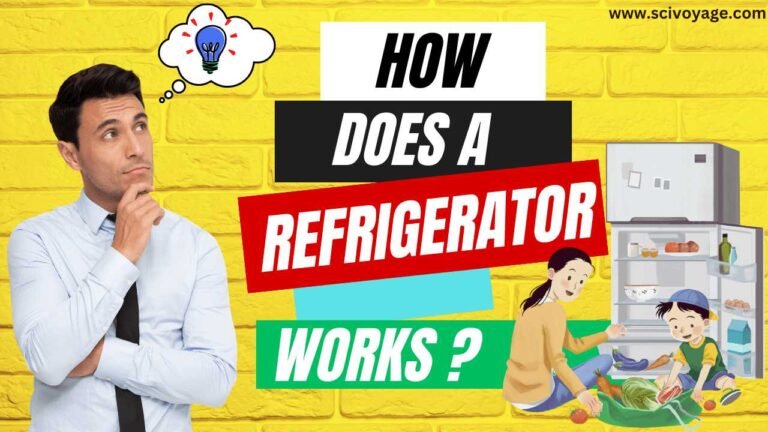
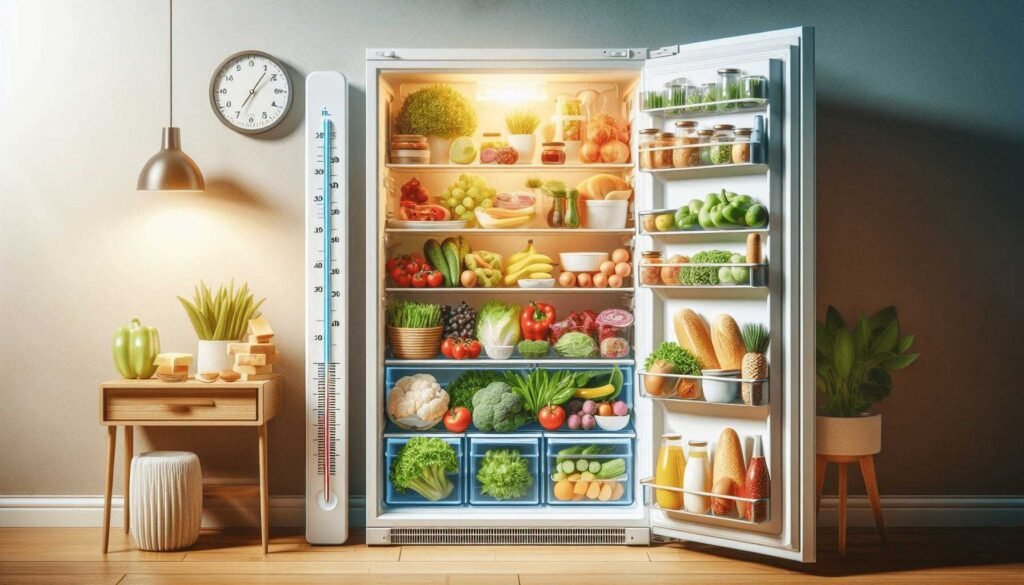
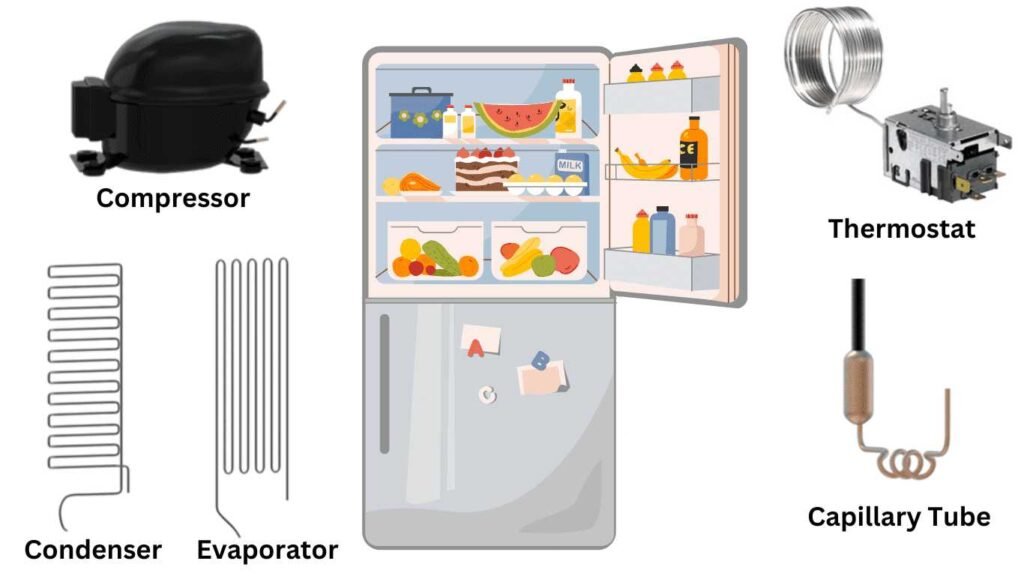
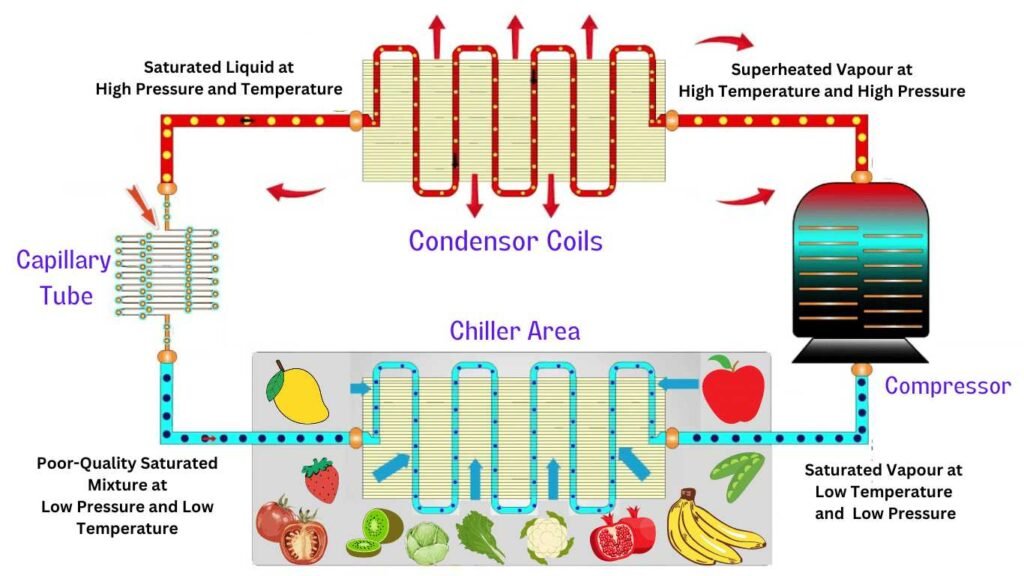
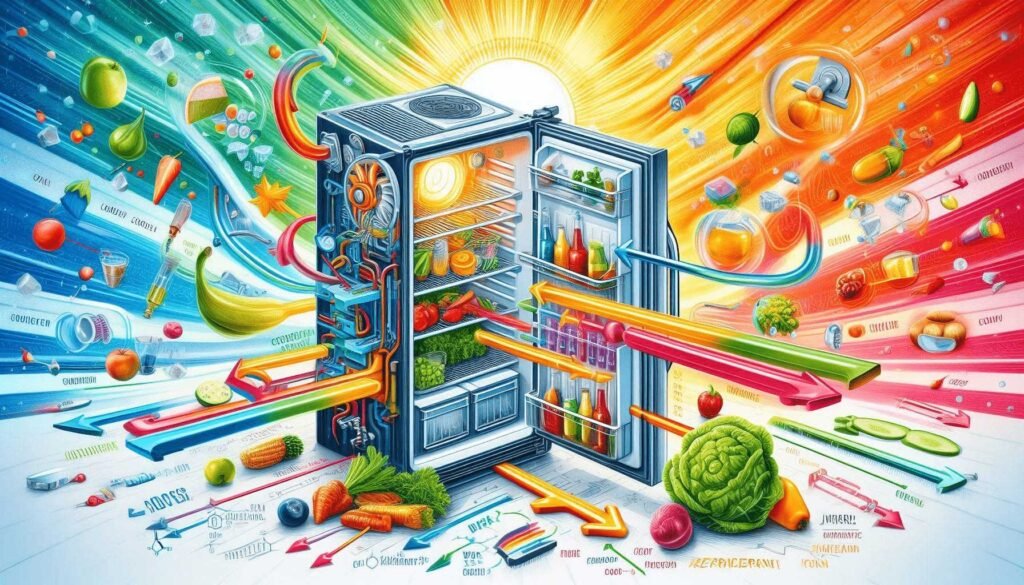




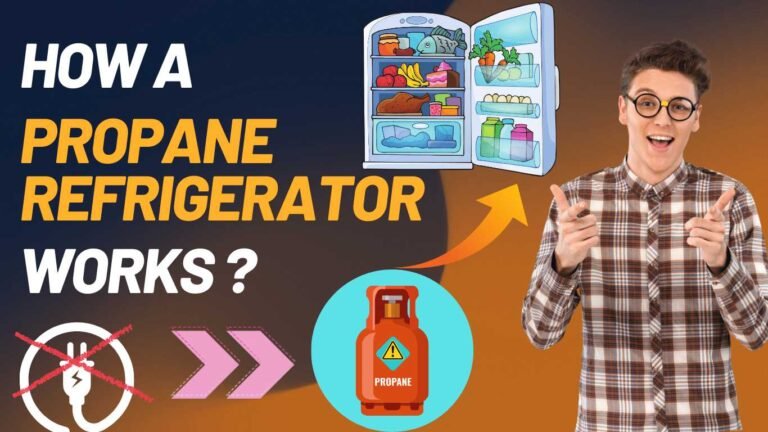



8 thoughts on “How does a refrigerator works to keep food fresh?”
Thanks for sharing. I read many of your blog posts, cool, your blog is very good.
Thanks for sharing. I read many of your blog posts, cool, your blog is very good.
Thanks for sharing. I read many of your blog posts, cool, your blog is very good.
Thanks for sharing. I read many of your blog posts, cool, your blog is very good.
Thank you for your sharing. I am worried that I lack creative ideas. It is your article that makes me full of hope. Thank you. But, I have a question, can you help me?
I don’t think the title of your article matches the content lol. Just kidding, mainly because I had some doubts after reading the article.
Your article helped me a lot, is there any more related content? Thanks!
Thanks for sharing. I read many of your blog posts, cool, your blog is very good. https://www.binance.com/ph/register?ref=B4EPR6J0